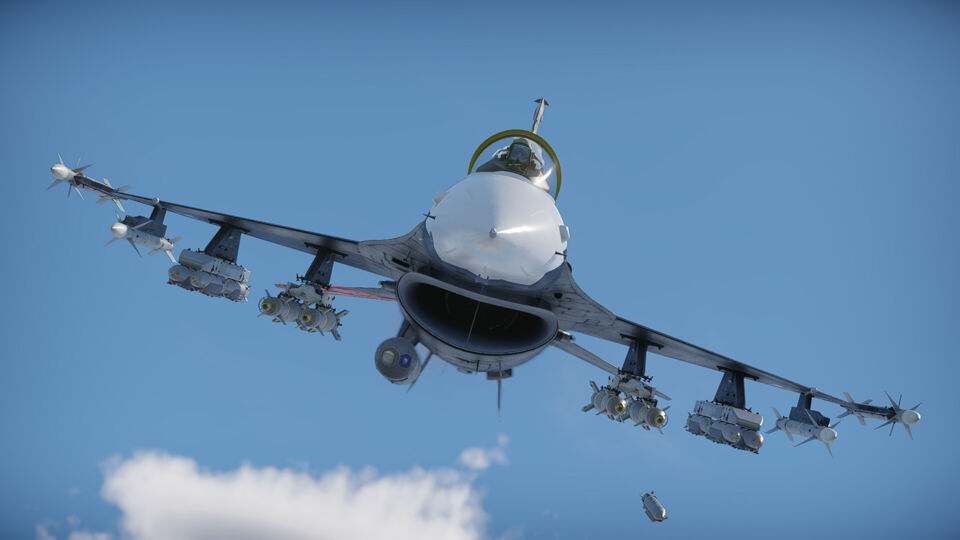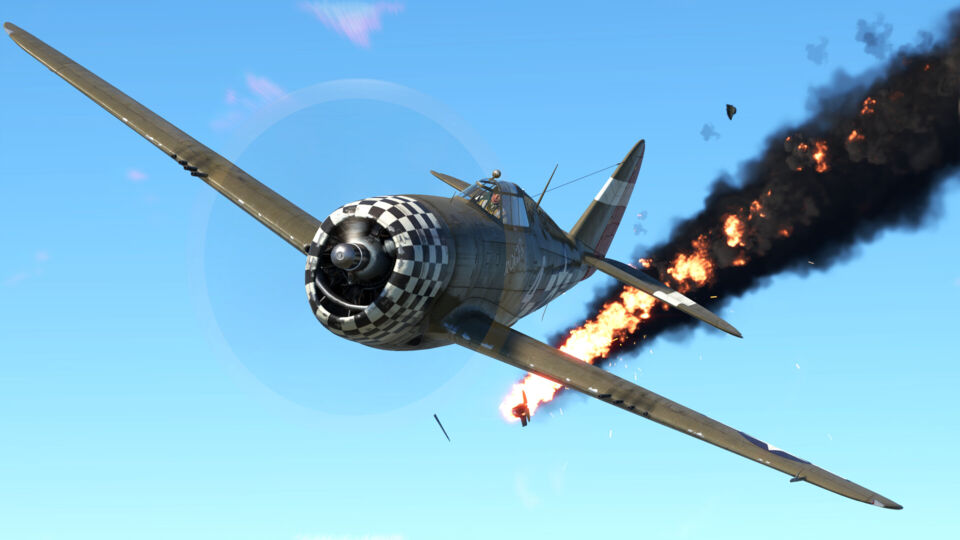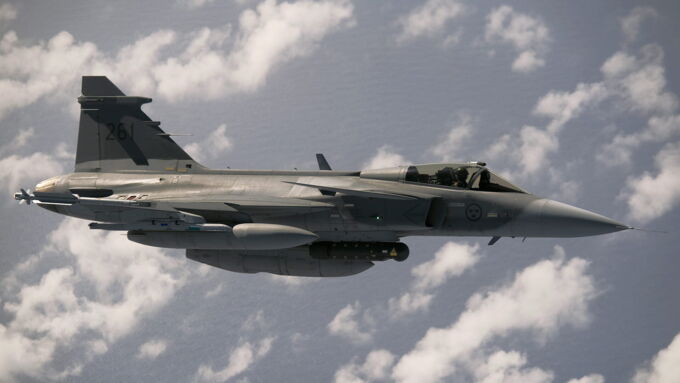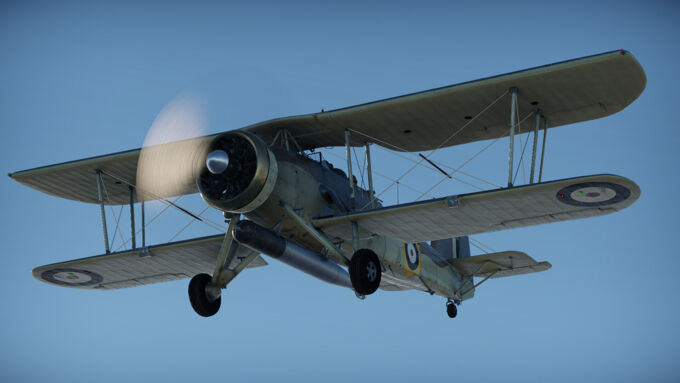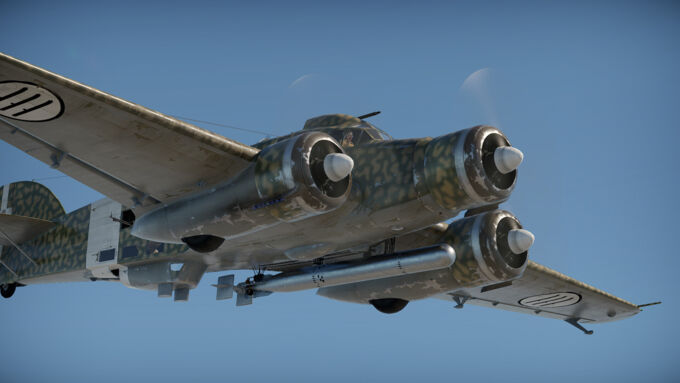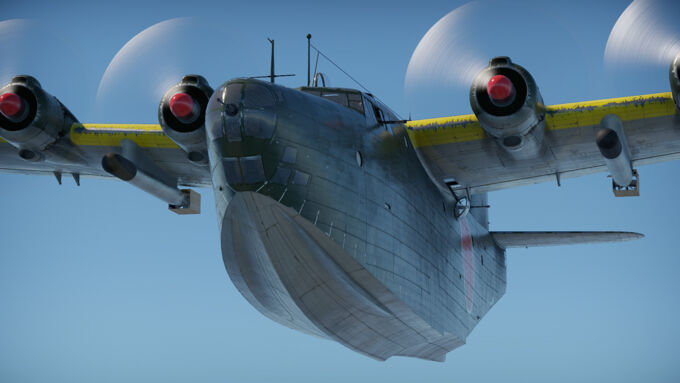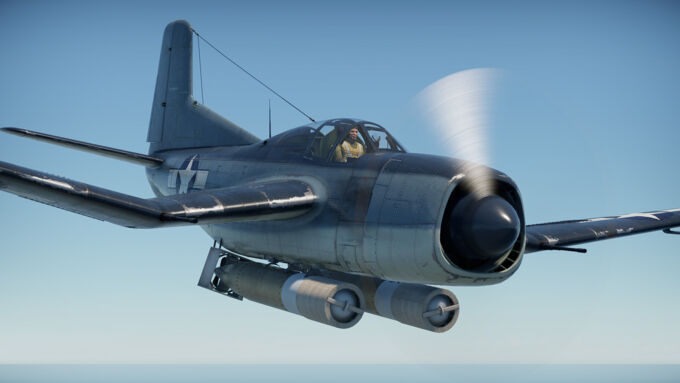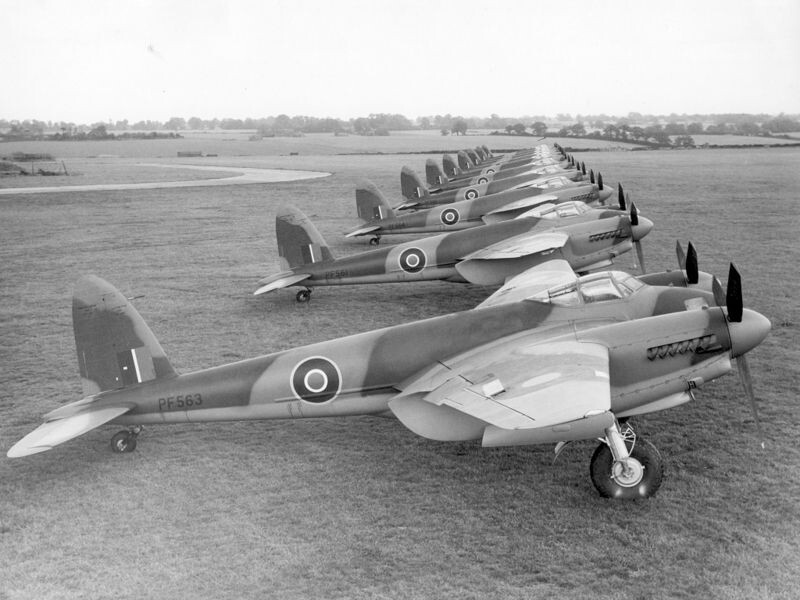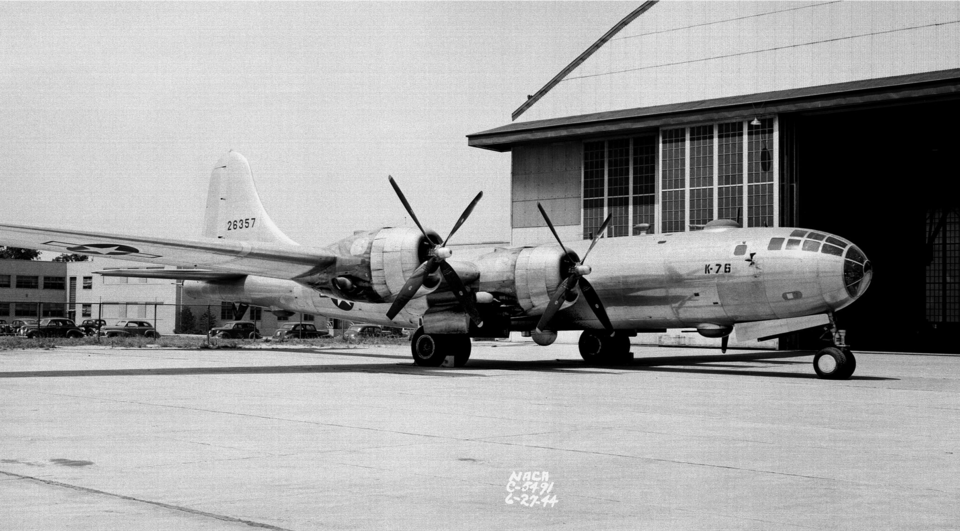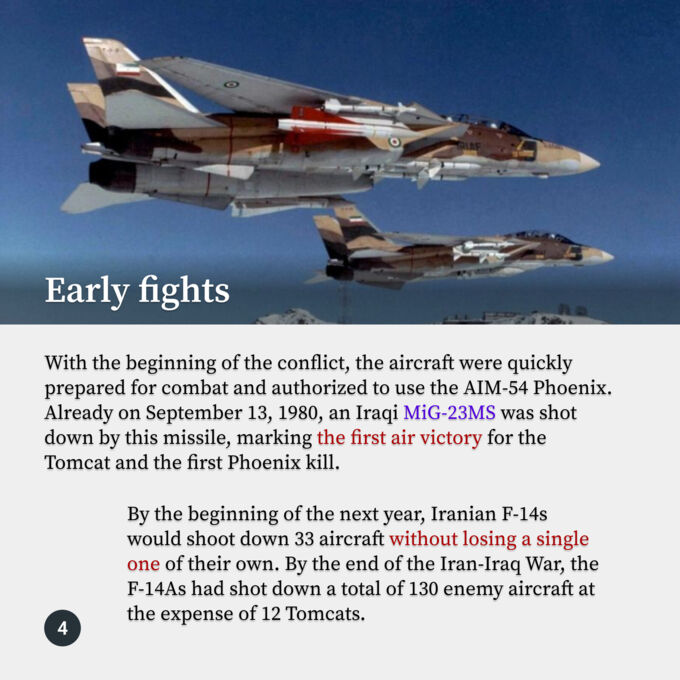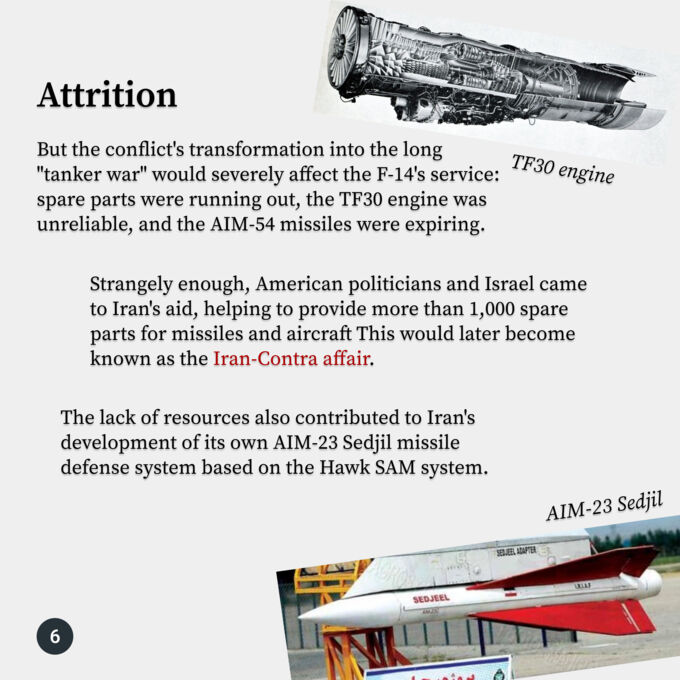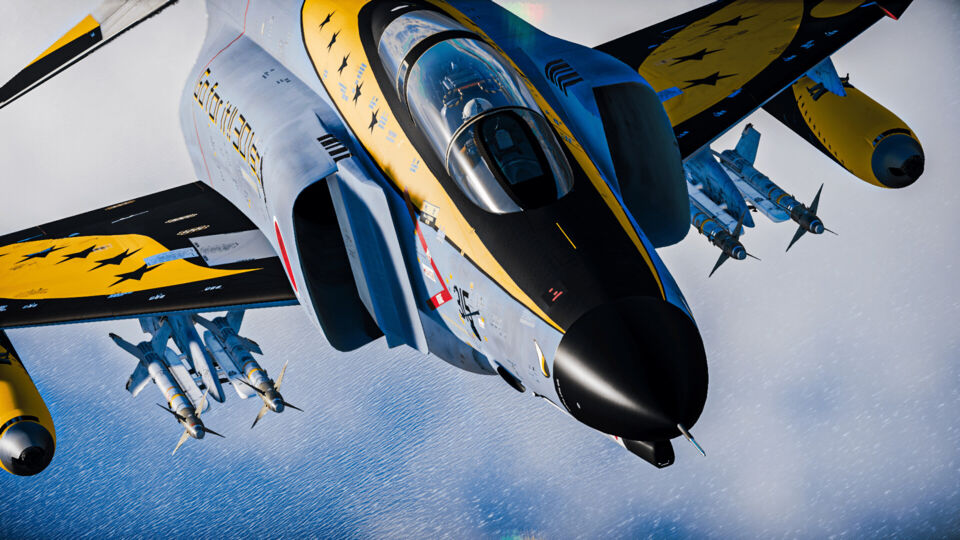Aviation
Boom and Zoom, also commonly referred to as Boom and Run, is a term used to describe an aviation tactic that can be used in War Thunder. Its primary focus is coming from a point of advantage, attacking the enemy, and then extending away. In today’s post, I’m going to teach you how to BnZ, when to use it, and what planes are best suited for it.
The Saab 39 Gripen, often called the JAS 39 Gripen, is a highly capable multirole fighter aircraft renowned for its exceptional maneuverability, advanced avionics, and cost-efficient operation. Since its first flight in 1988 and subsequent introduction into service in 1996, Gripen has become the cornerstone of the Swedish Air Force and has since been adopted by several other nations around the world.
In naval battles, torpedo bombers are the silent predators of the skies. They may lack the raw speed of fighters or the reliable bombs dropped by dive bombers, but what they bring to the battlefield is unmatched striking power against ships. Sometimes, a single well-placed torpedo can cripple even the mightiest vessel, but using these planes effectively requires more than just flying low and dropping a torpedo at random. Success depends on understanding your plane, the torpedo and the correct approach. This guide will teach you how to wield torpedo bombers with precision, making every run count.
The story of the Mosquito begins with the founding of Geoffrey de Havilland’s aircraft company which bore his namesake, de Havilland. Around 1908, de Havilland designed his first aeronautical engine, which he then used to power his first aircraft — a small biplane. In 1920, when the aircraft company he worked for — Airco — shut down, he was able to create his own company, de Havilland Aircraft Company Limited, more commonly known as de Havilland.
The Boeing B-29 Superfortress was a revolutionary aircraft that redefined bomber aircraft and engineering during World War II. Designed as a long-range heavy bomber, it became synonymous with strategic bombing campaigns in the Pacific Theater, including the historic missions over Hiroshima and Nagasaki. With its advanced pressurized cabin, remote-controlled turrets, and ability to reach unimaginable altitudes and distances, the B-29 represented the peak of wartime aviation technology.
Ground Assault is a cooperative PvE gamemode where players defend a capture zone against waves of AI-controlled enemies while using tanks and various aircraft. This gamemode offers players an easy way to earn Silver Lions and Research Points, making it a relatively beginner-friendly option for newer players. This guide explores the mechanics of Ground Assault, provides a list of vehicles used by enemy AI units, and offers a detailed breakdown of the layouts for all 7 maps.
Iran was the only buyer of Tomcats besides the US Navy, but after the Islamic Revolution it severed all ties with the West. But more interestingly, the Iranian F-14As had a more intense and dangerous career than their American counterparts: fighting against a numerically superior enemy and without proper maintenance, they continued to intimidate the enemy and inflict serious damage. After the Iran-Iraq war, the Tomcat's armament package was greatly expanded, and Iran still uses these fighters today. In the game, one of these modified aircraft is represented as the F-14A IRIAF.
The F-4EJ Kai (F-4EJ改) was a vital upgrade for Japan’s aging F-4EJ Phantom IIs, extending their service life and enhancing combat effectiveness through the Aircraft Structural Integrity Program (ASIP). Introduced in the 1980s and first flown in 1984, the upgrade included advanced radar, improved avionics, and modern weapon systems, enabling the aircraft to remain operational until 2021. Sharing its radar and weapon suite with the F-16A, the F-4EJ Kai excels in long-range engagements using AIM-7Fs and dogfights with AIM-9Ls, though it struggles in close combat due to limited manoeuvrability. Pilots can exploit overshooting enemies by slowing down and using airbrakes, then striking with missiles or the gun, leveraging the ballistic computer for precise hits.
